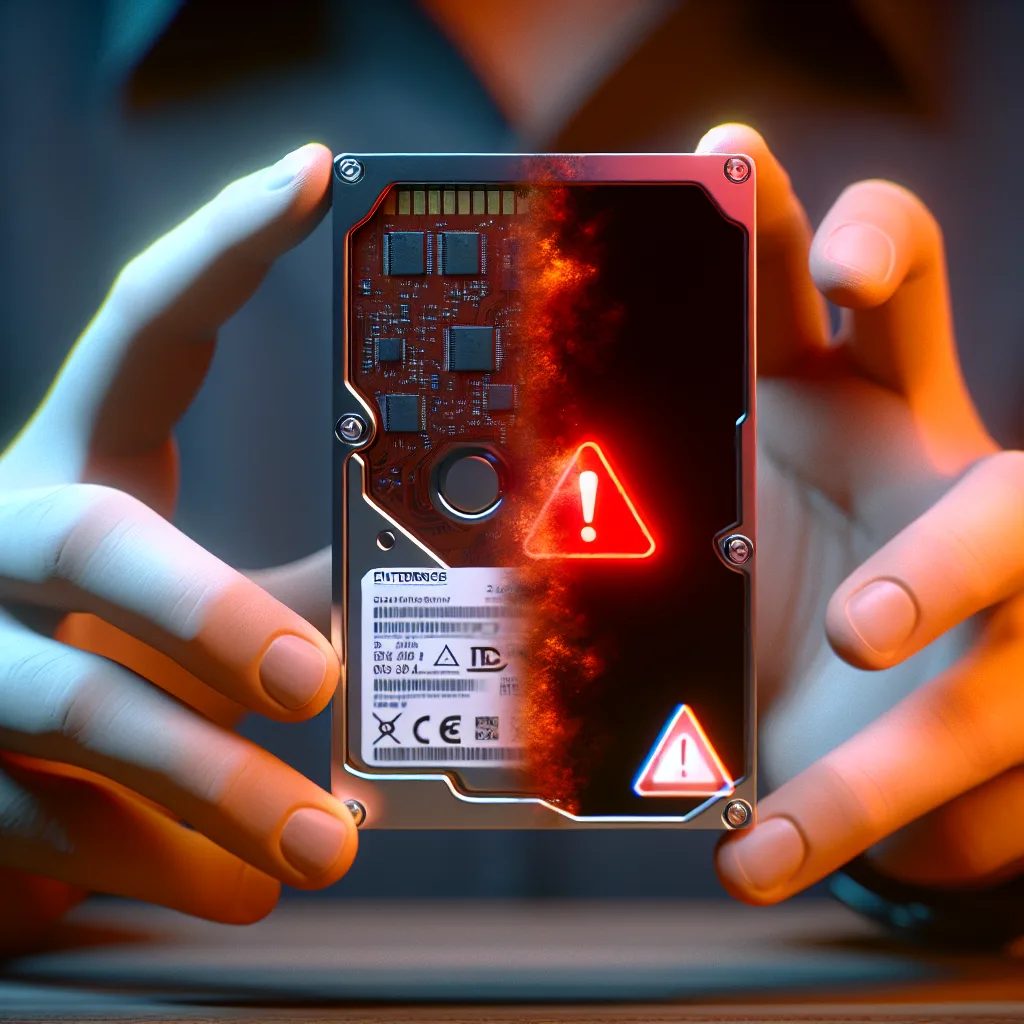Diving into S.M.A.R.T. data to see if that second-hand bargain is actually a ticking time bomb.
You’ve been there, right? Scrolling through eBay or a homelab forum and you spot a deal that seems too good to be true. A stack of used enterprise-grade hard drives for the price of a fancy dinner. Visions of a massive media server or a sprawling virtual machine playground dance in your head. I recently saw someone grab a bunch of 1.8TB SAS drives for just $25 a pop. An incredible bargain! But then comes the moment of truth: you plug them in and check the stats. Suddenly, the dream deal starts to feel more like a ticking time bomb. This is where understanding used hard drive health becomes one of the most important skills you can have.
Before you even think about moving your precious data over, you have to play detective. The main tool for this job is S.M.A.R.T.
What is S.M.A.R.T. and Why Should I Care?
S.M.A.R.T. stands for Self-Monitoring, Analysis, and Reporting Technology. Think of it as a built-in check-engine light for your hard drives. It tracks dozens of different attributes about the drive’s performance and condition over its lifetime. It’s not just a simple “Good” or “Bad” status; the real story is in the details.
You can use free tools like CrystalDiskInfo for Windows or smartmontools on Linux to pull up this report card on your drives. When you open it up, you’ll see a list of attributes with names that can be a bit cryptic. For the most part, you can ignore many of them, but there are a few that you absolutely need to pay attention to, especially when assessing used hard drive health.
Decoding Used Hard Drive Health: The Big Red Flags
When I’m looking at a used drive, I scroll right past the happy green “Good” status and go straight to a few key numbers. These tell the real story of the drive’s past life.
- Attribute 5: Reallocated Sectors Count
This is probably the single most important S.M.A.R.T. attribute. A hard drive platter is made up of billions of tiny sections called sectors. Sometimes, a sector goes bad and the drive can no longer reliably write data to it. When this happens, the drive’s firmware smartly maps that bad sector out and uses a spare, “reallocated” sector instead.A brand new drive might have a few reallocated sectors from the factory. But on a used drive, a high or increasing number is a huge red flag. It’s a clear sign that the physical surface of the drive is degrading. The drive is literally running out of spare parts to patch itself up.
- Attribute 197: Current Pending Sector Count
This number shows sectors that the drive found suspicious. It had trouble reading them, but it’s not sure yet if they are permanently bad. The drive will try to test these sectors later. If it can successfully write to them, they get put back into normal service. If it fails, the drive will try to reallocate them, and your Reallocated Sectors Count will go up. A non-zero number here means the drive is actively struggling. -
Attribute 198: Uncorrectable Sector Count
If you see a number greater than zero here, it’s bad news. This means the drive tried to read data from a sector, failed, and even its advanced error correction code (ECC) couldn’t fix it. The data in that sector is likely lost forever. This is a serious sign of a failing drive.
So what if you get drives, and the Reallocated Sectors Count is, say, 8, 16, or even higher? The drive might seem to work fine, but it’s telling you it has lived a hard life and is showing signs of wear. For a great deep dive into what these attributes mean, the folks at Backblaze have analyzed hundreds of thousands of drives and share their findings.
So, Are These Used Drives Worth the Risk?
Let’s go back to that deal: $25 for a 1.8TB enterprise drive. The person who bought them plans to put them in a Dell R730 server using a RAID6 configuration.
Now, RAID6 is very resilient. It uses double parity, which means it can theoretically withstand two separate drive failures without any data loss. This sounds like a great safety net, right?
Well, yes and no.
The argument for using these drives is that they’re incredibly cheap, and the RAID level provides strong protection. For a non-critical test lab or for storing data you can easily replace (like a Linux ISO library), you might decide the risk is acceptable for the price.
However, the argument against them is much stronger. A drive with a history of reallocated sectors is statistically more likely to fail than a clean one. When a drive in a RAID array fails, the system has to perform a “rebuild,” reading data from all the other drives to reconstruct the data onto a new one. This process is incredibly intensive and puts a massive strain on the remaining drives. It’s not uncommon for a second, already-weak drive to fail during a rebuild, which in a RAID6 could lead to a catastrophic failure of the entire array.
As you can see, choosing the right RAID level is critical for data protection. If you want to learn more about the differences, TechTarget offers a fantastic breakdown of RAID levels.
In the end, I’d pass on drives like that. The small amount of money saved just isn’t worth the future stress and potential data loss. Your storage is the foundation of your server or homelab. It doesn’t make sense to build on a shaky foundation, even if the bricks were cheap. That initial bargain can quickly become a very expensive headache. So next time you see a tempting deal, remember to do your homework. A quick check of the used hard drive health can save you a world of trouble.
